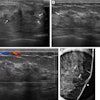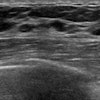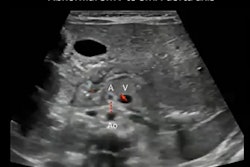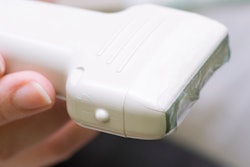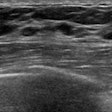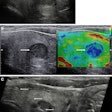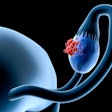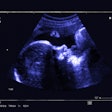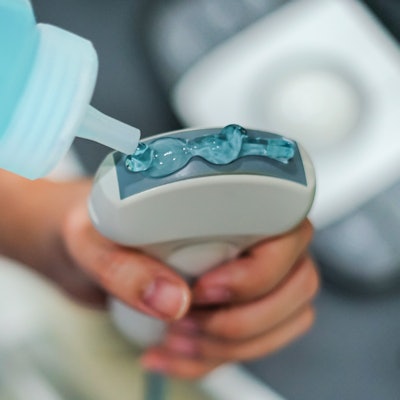
Point-of-care ultrasound (POCUS) is helpful in pediatric emergencies for differentiating ileocolic intussusception (ICI) from small bowel-small bowel intussusception (SB-SBI), according to a study published September 11 in the Journal of Emergency Medicine.
A team led by Dr. Sathyaseelan Subramaniam from Summerlin Hospital Medical Center in Las Vegas found that POCUS can aid emergency physicians in identifying both types of intussusception while keeping child patients comfortable.
"POCUS is being performed routinely in emergency departments to evaluate children with gastrointestinal symptoms," said Subramaniam and colleagues. "The emergency physician using POCUS for evaluating intussusception should be aware of the features that differentiate between ICI and SB-SBI, given the different management strategies for each."
Intussusception occurs in 33 to 49 per 100,000 live births for patients under 5 years old, according to previous research. Misdiagnoses are common for pediatric patients, as they often present with several symptoms common for other gastrointestinal medical issues. Pediatric emergency physicians, meanwhile, have poor sensitivity (58%) when determining those at high risk of intussusception based on history and examination alone.
Determining which type of intussusception is important because strategies differ for managing each. Ileocolic intussusception usually requires urgent reduction through pneumatic or hydrostatic enema, while small bowel-small bowel intussusception is initially managed conservatively with observation, since many cases resolve over time.
Physicians are increasingly using POCUS in evaluating intussusception for its ability in diagnosing at the bedside with high accuracy, the researchers said.
The team wanted to provide guidance on POCUS technique for identifying intussusception by reviewing literature differentiating ileocolic intussusception from small bowel-small bowel intussusception using ultrasound. Subramaniam et al looked at 858 research articles but included six in the final review. The articles were published between 2006 and 2020.
The group found that ICIs are usually located in the right abdomen, have a longer length, a larger overall diameter, a fatty core and a core-to-wall index above a value of one.
"ICI may have lymph nodes within the intussusceptum and lack peristalsis," the study authors wrote.
SB-SBIs, meanwhile, are usually found in the periumbilical location, have shorter length, a smaller overall diameter, a fatty core, and a core-to-wall index less than a value of one. They also usually lack lymph nodes within the intussusception and may have obvious peristalsis during the ultrasound examination, the researchers said.
The team also found that the method with the "fastest and likely highest" yield is by tracing the path of the colon and that intussusceptions should be imaged in both transverse and longitudinal orientations. Subramaniam and colleagues also said high-frequency linear ultrasound transducers (5 to 14 MHz) should be used with an abdominal preset.
The study authors also called for physicians to make "every effort" to keep pediatric patients comfortable, including using warm ultrasound gel to prevent startling the patient, using a pacifier for self-soothing toddlers, and distraction by a parent's calming voice during the examination.
"With an ICI diagnosed through POCUS, timely arrangement with radiology for fluoroscopic enema can be facilitated, while an SB-SBI can initially be managed conservatively with a repeat ultrasound within a few hours," they added.

